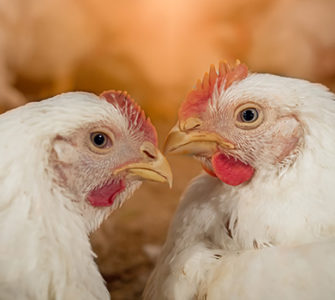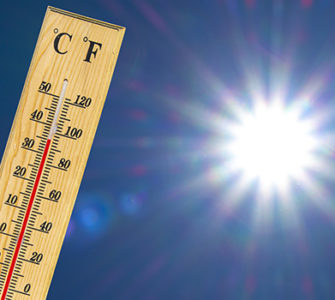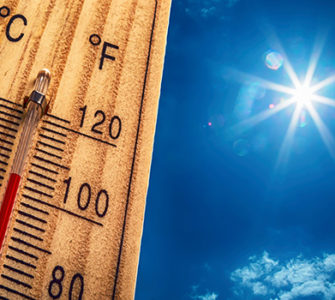More light at night reduces daytime heat stress in broilers
Extended lighting periods help boost welfare and production of big broilers during high seasonal temperatures, a University of Georgia study showed.
Research in six commercial poultry barns looking at air temperature, velocity, relative humidity and deep-body temperature in broilers revealed an interesting multifactorial process, Brian Fairchild, PhD, poultry extension scientist, told Poultry Health Today.
The studies conducted by Fairchild and Mike Czarick, extension specialist, placed small heat sensors inside the body cavity of broilers 2 weeks before catch during the summer months.
“We were looking at deep-body temperature during the hottest months of the year on the biggest birds, definitely a stressful time for those birds,” Fairchild explained. During this time period, they ran fans continuously to eliminate air speed as a variable.
What they discovered was the birds’ temperature actually increased during the night when the outdoor temperatures cooled. “This is opposite what research shows happens in rats and humans,” he said.
They found that lighting — or lack thereof — played a major role in this nighttime increase in body temperature.
“The lights go off at dusk, the birds sit down and their litter is like a warm blanket,” Czarick said. “When sitting, a bird also decreases its surface area available for cooling by air movement.”
Another important component of the dark period is the birds’ feeding habits.
“The birds are going to eat the same amount of feed per day, so if you extend the lighting period, they have more time to eat, spreading out the digestive process which also produces heat,” Fairchild said.
If lights are turned off at dusk, the birds stop eating and go to resting until the lights come on again. As soon as the lights go back on, the birds begin eating and drinking heavily, causing the birds’ core temperature to rise during the day as well.
“The longer the dark period, the higher the differential in body temperature,” he said.
According to Czarick, growers concentrate too much on bird temperature during the day.
“The key is how much the light program affects bird temperature during the night. It really comes down to bird behavior.”
“A couple more hours of power usage is not significant,” he added, pointing to today’s low-energy LED bulbs. “But leaving the lights on until midnight or 1 am does have a large impact on bird comfort and welfare.”
Posted on July 17, 2016
















